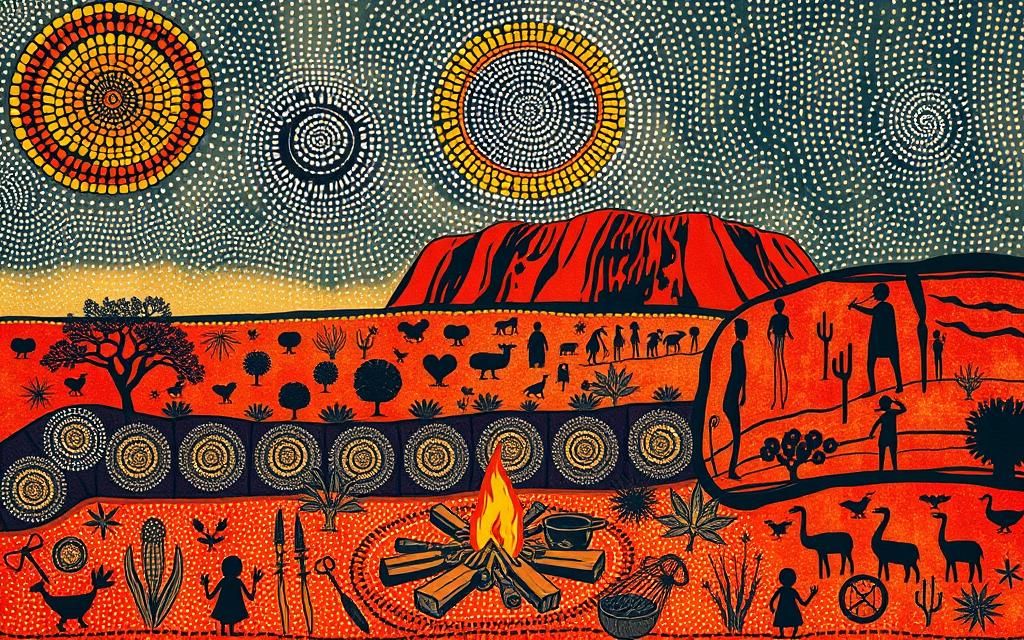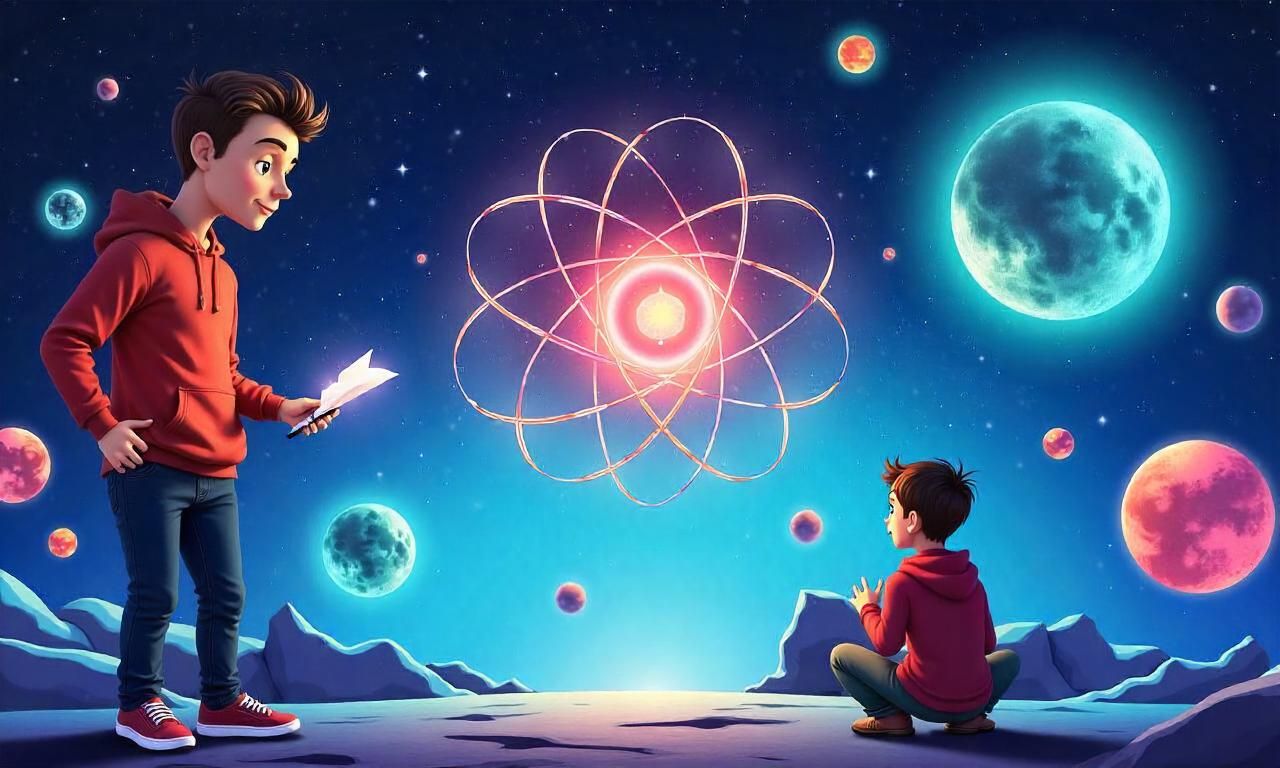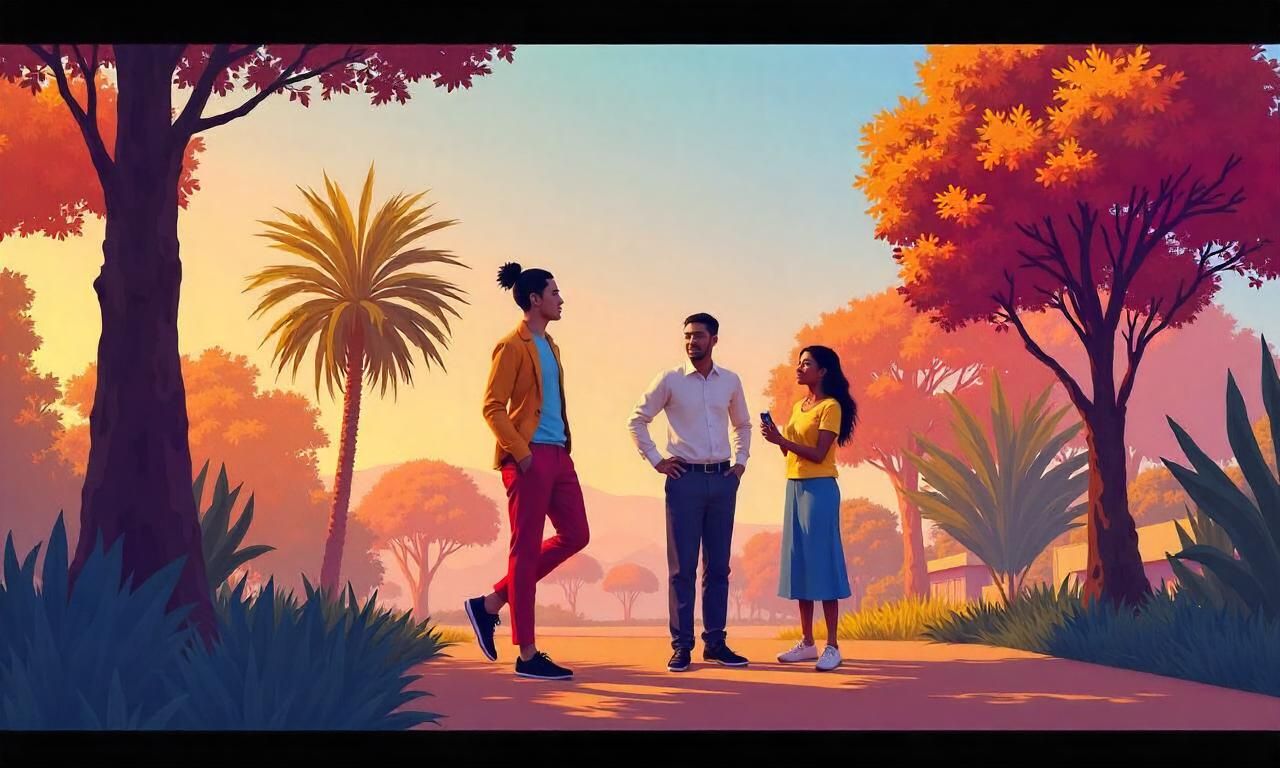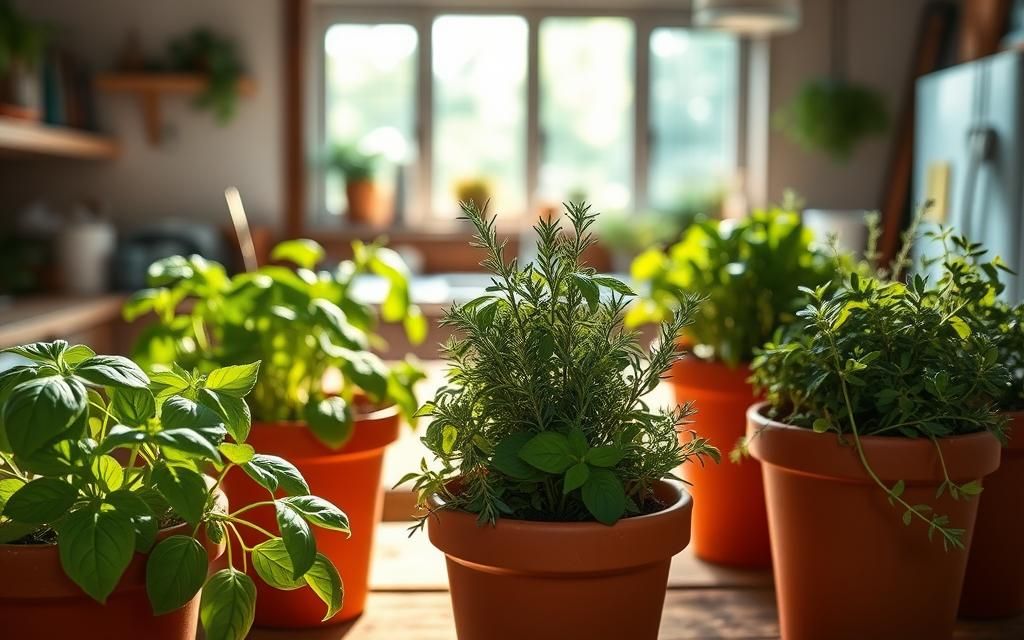Discover Aboriginal Australian cultures and their rich heritage Explore ancient traditions, art, stories, and spiritual connections to the land.
We’re excited to explore the rich world of aboriginal australian cultures. Here, indigenous traditions have thrived for thousands of years. We’ll uncover the unique heritage and history of the Aboriginal Australian people. We’ll also see how their cultures evolve and grow in today’s world.
At the core of aboriginal australian cultures are the traditions passed down through generations. These traditions shape the spiritual, social, and artistic lives of these communities. We’ll learn about their importance and how they’re celebrated today, keeping the Aboriginal Australian culture alive and vibrant.
Join us as we explore aboriginal australian cultures. We’ll discover the beauty, complexity, and resilience of these traditions. We’ll also understand why preserving and respecting Aboriginal Australian cultural heritage is so important.
Table of Contents
ToggleUnderstanding the Scope of Aboriginal Australian Cultures
It’s key to understand the scope and diversity of Aboriginal cultures. This helps us appreciate Australia’s rich cultural heritage. “Cultural heritage” includes customs, traditions, and practices passed down through generations. It shapes the identity of Aboriginal Australian cultures.
To get the complexity of these cultures, we must look at their spread across the continent. The geographic distribution of Aboriginal Australian cultures is vast. It includes over 250 distinct languages and more than 600 different clans and language groups. Each has its own traditions and practices.
Defining Aboriginal Australian Heritage
Aboriginal Australian heritage is deeply connected to the land and ancestral ties. It includes both tangible and intangible elements. Tangible aspects are artifacts and rock art. Intangible elements are stories, songs, and dances passed down through generations.
Geographic Distribution of Cultural Groups
The spread of cultural groups is linked to the physical environment and resources. Coastal communities have cultures centered around the sea and its resources. Inland communities have cultures based on the desert and its challenges.
Diversity Among Communities
Despite differences, Aboriginal Australian cultures share common threads. A shared commitment to preserving cultural heritage and traditional practices is evident. Many initiatives and programs promote cross-cultural understanding and reconciliation.
Our Research Methodology
We used a detailed research method to study aboriginal Australian cultures. Our goal was to be respectful and work together, making sure Aboriginal voices were heard. We looked at many sources like academic journals, books, and online sites to learn about their cultures.
Our research steps included:
- Doing a deep literature review to find existing research and gaps
- Talking to Aboriginal communities and groups to get their views
- Examining data from trusted sources, like government reports and cultural centers
We wanted to give a detailed and correct view of aboriginal Australian cultures. Our method showed we value their cultural heritage and traditions.
Important parts of our research were:
| Consideration | Description |
|---|---|
| Cultural sensitivity | Our research was done in a way that respected Aboriginal cultural practices and traditions |
| Collaboration | We worked with Aboriginal communities and groups to make sure our research was based on their experiences |
| Accuracy | We checked our information and data to make sure it was correct and reliable |
Our research aimed to deepen our understanding of aboriginal Australian cultures. We also recognized the effects of colonization and marginalization on these communities. By focusing on respectful and collaborative methods, we hoped to create research that is both informative and respectful.
The Dreamtime: Spiritual Foundation of Aboriginal Life
We explore the spiritual heart of Aboriginal life, focusing on the dreamtime. This concept is key to Aboriginal Australian cultures. It’s a network of stories, songs, and dances passed down through generations. It deeply influences their spiritual practices.
Creation stories are at the dreamtime’s core. They tell how the world began and how animals, plants, and humans came to be. These stories are more than myths; they’re deeply spiritual. They connect people to the land, their ancestors, and the divine.
The dreamtime is also linked to songlines. These are paths across the land, marking where ancestors walked during creation. They’re like spiritual maps.
Creation Stories and Their Significance
Creation stories are vital in the dreamtime. They differ among Aboriginal communities. These stories are often told through songs, dances, and art, making them come alive.
These stories give Aboriginal people a sense of identity and purpose. They continue to shape their spiritual practices and daily lives.
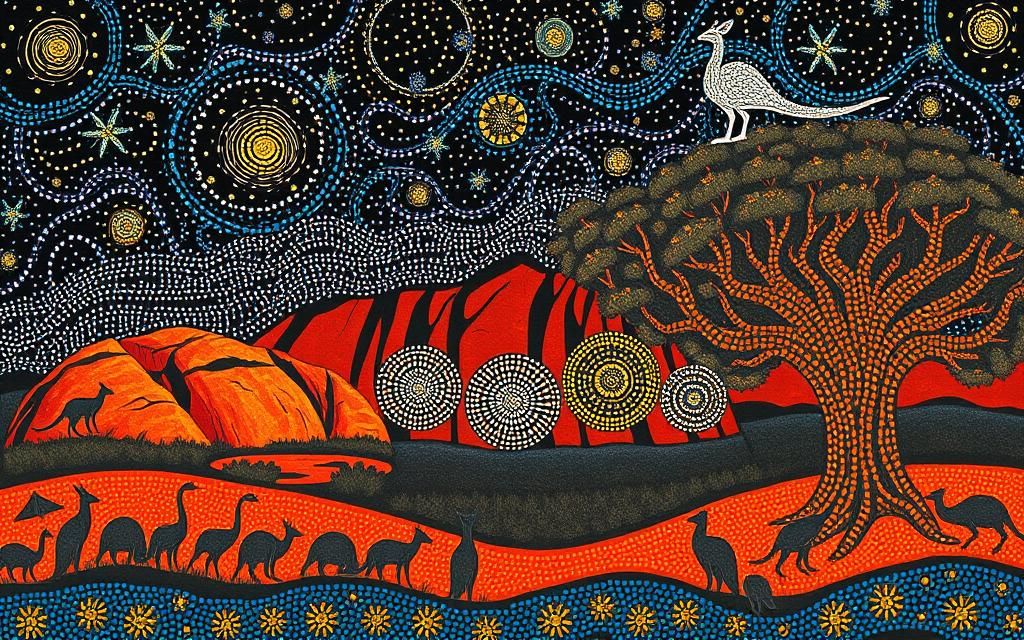
Songlines and Sacred Geography
Songlines are a crucial part of the dreamtime. They connect to sacred geography. The land is filled with spiritual meaning, with every rock, tree, and waterhole having a story.
The songlines map the land, showing where ancestors walked and the stories tied to each place.
Contemporary Preservation of Spiritual Practices
Despite challenges, the dreamtime remains central to Aboriginal spiritual practices. Efforts are underway to keep creation stories, songlines, and sacred geography alive. Traditional arts and new technologies like digital storytelling and virtual reality are being used.
Connection to Country: Land Management and Traditional Knowledge
Aboriginal people have a deep bond with their land. This bond is key to their cultures. It’s not just spiritual; it guides their way of living and managing the land.
Traditional land management is vital to understanding Aboriginal cultures. These methods have been passed down for generations. They help keep nature in balance.
- Controlled burning to prevent large-scale fires and promote new growth
- Seasonal harvesting to ensure sustainability of food sources
- Traditional fishing practices to maintain the health of aquatic ecosystems
These practices show Aboriginal people’s deep connection to their land. They show their dedication to managing the land well. By learning from these practices, we can help create a sustainable future for everyone.
Learning about Aboriginal cultures and their land connection is important. It shows us why we must keep their traditional knowledge and land management alive. Preserving these is crucial for our environment’s health and the planet’s future.
Art as Cultural Expression
Art is key in Aboriginal cultures for telling stories and keeping history alive. It’s a powerful way to share complex stories and values. This art is a big part of Aboriginal Australian life.
Aboriginal art stands out for its unique styles and techniques. These vary by region and community. Art is a way to tell stories, keep history, and share cultural knowledge.
Rock Art Heritage
Rock art is a big part of Aboriginal art, found all over Australia. These ancient artworks give us a peek into Aboriginal lives and culture. They show their deep spiritual bond with the land and ancestors.
Contemporary Aboriginal Art Movement
The modern Aboriginal art movement is known worldwide. Many Aboriginal artists are now famous globally. This movement helps keep cultural heritage alive and lets artists share their stories with the world.
Symbolism and Storytelling Through Art
Aboriginal art uses symbols and stories to share cultural values and beliefs. Symbols, colors, and patterns tell stories about the land, ancestors, and spiritual connections. This art is a way to pass down cultural knowledge.
Exploring Aboriginal art helps us understand the importance of cultural expression. It shows how art keeps cultural heritage alive. Through their art, Aboriginal people share their stories, preserve history, and pass on cultural knowledge to future generations.
| Art Form | Description |
|---|---|
| Rock Art | Ancient artworks found on rocks and caves, showcasing Aboriginal stories and cultural values. |
| Contemporary Art | Modern Aboriginal art movement, featuring a range of styles and techniques, from painting to sculpture. |
| Symbolic Art | Art that uses symbols, colors, and patterns to convey complex cultural values and stories. |
Traditional Social Structure and Kinship Systems
Aboriginal Australian cultures have complex and fascinating social structures and kinship systems. These systems are key to their social organization, governance, and daily life. They help keep communities together and preserve cultural traditions.
In aboriginal australian cultures, social structure is based on kinship ties. These ties define an individual’s roles, responsibilities, and relationships in the community. Kinship systems also connect people to the land, with different groups tied to specific areas.
Some key aspects of traditional social structure and kinship systems include:
- Family and clan relationships
- Traditional land ownership and management
- Ceremonial and cultural practices
- Storytelling and oral traditions
Understanding these systems is crucial for appreciating the richness and diversity of aboriginal australian cultures. By exploring these systems, we can gain a deeper insight into the values, beliefs, and practices of Aboriginal Australian communities.
In conclusion, traditional social structure and kinship systems are vital in the lives of Aboriginal Australian people. They shape their social organization, cultural practices, and relationships with the land. By recognizing and respecting these systems, we can work towards a greater understanding and appreciation of aboriginal australian cultures.
Language and Oral Traditions
Aboriginal Australian cultures boast over 250 languages and more than 600 dialects. This shows the depth and complexity of their cultures. Language is key in keeping their traditions and heritage alive. It shapes their identity and worldview.
Preserving stories is fascinating. Storytelling is crucial in sharing knowledge, history, and values. It keeps them connected to their land, ancestors, and practices.
Linguistic Diversity
- Over 250 languages are spoken across Aboriginal Australian communities
- More than 600 dialects are recognized, highlighting the complexity of linguistic diversity
- Language revival efforts are underway to preserve and promote Aboriginal languages
Story Preservation Methods
Aboriginal Australians use songlines, dance, and art to keep stories alive. These methods share knowledge and values. They give us a peek into the importance of oral traditions in their cultures.
Modern Language Revival Efforts
There are efforts to revive Aboriginal languages. This is to protect their cultural heritage and diversity. We support these efforts, knowing language’s role in their identity and worldview. Together, we can preserve their cultures and traditions for the future.
Ceremonial Practices and Rituals
Exploring aboriginal australian cultures, we see how important ceremonies and rituals are. They mark life events, keep spiritual connections strong, and bond communities. These traditions show the richness and diversity of aboriginal life.
Ceremonies and rituals vary across different communities. Some common ones include:
- Initiation ceremonies to mark the transition from childhood to adulthood
- Marriage ceremonies to unite two individuals and their families
- Funeral ceremonies to honor the deceased and provide closure for the community
These practices are crucial for both individuals and the community. They give a sense of belonging, identity, and connection to the land and ancestors. By understanding and respecting these traditions, we can appreciate the beauty and complexity of aboriginal australian cultures.
| Ceremonial Practice | Significance |
|---|---|
| Initiation ceremonies | Marking the transition from childhood to adulthood |
| Marriage ceremonies | Uniting two individuals and their families |
| Funeral ceremonies | Honoring the deceased and providing closure for the community |
Living Knowledge Systems: Bush Tucker and Traditional Medicine
We explore the traditional knowledge of food and medicine in Aboriginal Australian cultures. We look at the importance of bush tucker and traditional medicine. The knowledge Aboriginal people have about medicinal plants and food shows their deep connection to the land.
Aboriginal Australian cultures have always relied on bush tucker for food. It’s not just food; it’s also key to their culture and spirituality. Understanding bush tucker helps us see how closely Aboriginal people are tied to their environment.
Indigenous Food Sources
Bush tucker includes foods like kangaroo, witchetty grubs, and native fruits and veggies. These foods are picked at the right time to keep the land healthy. This knowledge has been passed down for generations, showing the need to protect Aboriginal cultures.
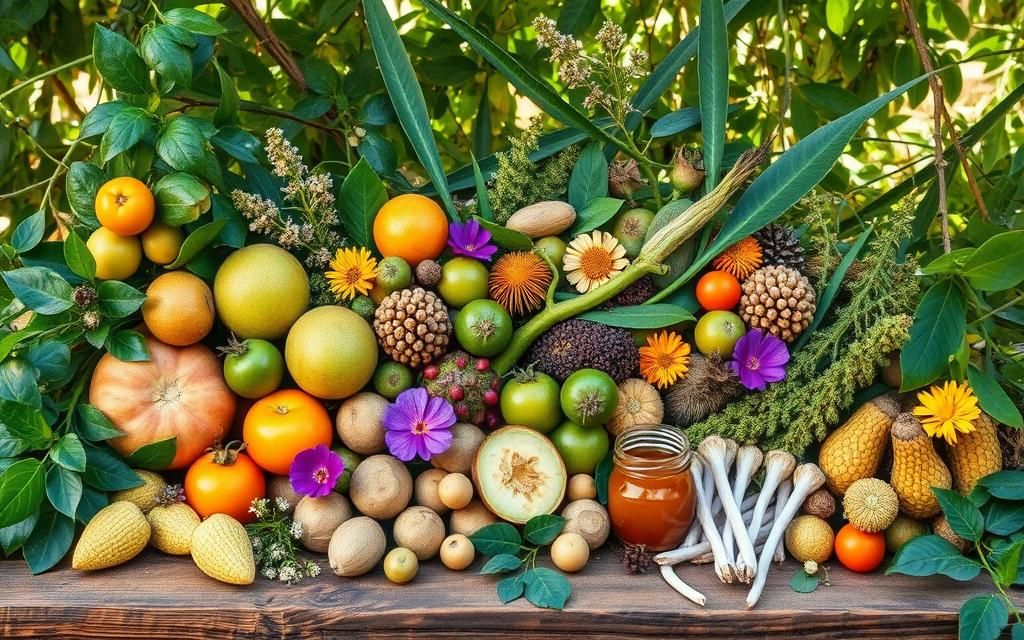
Medicinal Plant Knowledge
Traditional medicine is also crucial in Aboriginal Australian cultures. They use many plants to treat different health issues. These plants have been used for centuries, showing Aboriginal people’s resourcefulness.
As we learn about Aboriginal Australian cultures, we see how important bush tucker and traditional medicine are. These practices give them food and healing. They also connect them to their land, culture, and heritage, helping their communities thrive.
Cultural Survival in Modern Australia
We see the tough times aboriginal australian cultures face in today’s australia. Things like colonization and urbanization hurt their ways of life and who they are. Yet, aboriginal communities are working hard to keep their culture alive and fit into today’s world.
Things like community efforts, government help, and education play big roles in keeping their culture going. These actions show how important aboriginal australian cultures are. They help make sure these cultures keep going for the next generations.
- Community-led initiatives: Aboriginal communities are taking charge of preserving their cultural heritage through language programs, cultural festivals, and traditional practices.
- Government support: Governments are providing funding and resources to support aboriginal communities in their efforts to preserve their cultural heritage.
- Education programs: Schools and universities are incorporating aboriginal australian cultures into their curricula, helping to promote cross-cultural understanding and appreciation.
As we look ahead, it’s crucial to keep supporting aboriginal australian cultures. By working together, we can help keep these unique and valuable cultures alive for a long time.
Conclusion: The Enduring Legacy of Aboriginal Australian Cultures
Reflecting on aboriginal australian cultures shows their lasting impact is a treasure for Australia and the world. It’s vital to preserve these cultures, as they enrich human heritage. We must value cultural preservation and its role in our global understanding.
Their cultures deeply influence our lives, from land knowledge to vibrant art and stories. Supporting efforts to understand, respect, and preserve these cultures is key. This ensures their legacy for future generations, vital for our global heritage.
We can help by engaging with and learning from aboriginal australian cultures. Recognizing their lasting legacy in our world is crucial. Together, we can preserve their rich cultural heritage for years to come.
Want to learn more about cultural heritage? Visit ecowarriornation.com for expert insights and stories on traditions that shape our world!
FAQ
What are Aboriginal Australian cultures?
Aboriginal Australian cultures are the rich traditions of Australia’s indigenous people. They include history, spiritual beliefs, art, and social structures. These are all deeply connected to their land and heritage.
How do we approach researching Aboriginal Australian cultures?
We use respectful and collaborative research methods. We focus on representing Aboriginal voices and perspectives. This ensures our understanding is accurate, respectful, and beneficial to the communities.
What is the Dreamtime, and how does it relate to Aboriginal spiritual practices?
The Dreamtime is the spiritual foundation of Aboriginal life. It includes creation stories, songlines, and sacred geography. These are key to their connection with the land, ancestors, and cultural identity. They continue to influence Aboriginal life today.
How do Aboriginal people connect with their land, and what traditional knowledge do they have about land management?
Aboriginal people have a deep connection with their land. This connection is based on their traditional knowledge and practices. They understand seasonal calendars, bush tucker, and medicinal plants. These contribute to their well-being and cultural heritage.
What role does art play in Aboriginal cultures, and how is it used for cultural expression and storytelling?
Art is vital for cultural expression and storytelling in Aboriginal cultures. It includes rock art, contemporary art, and symbolism. These reflect the depth and richness of Aboriginal cultural practices. They provide a window into their history, spirituality, and daily life.
How do traditional social structures and kinship systems function in Aboriginal cultures?
Traditional social structures and kinship systems are key to Aboriginal cultures. They govern social organization, governance, and daily life. They are characterized by complex relationships, obligations, and responsibilities. These maintain community cohesion and cultural continuity.
What efforts are being made to preserve Aboriginal languages and oral traditions?
There are efforts to preserve Aboriginal languages and oral traditions. This includes story preservation methods and modern language revival efforts. These are crucial to maintaining Aboriginal cultural heritage and identity.
How do ceremonial practices and rituals contribute to Aboriginal cultural life?
Ceremonial practices and rituals are central to Aboriginal cultural life. They mark important life events, maintain spiritual connections, and reinforce community bonds. They are essential to the richness and diversity of Aboriginal cultures.
What can we learn from Aboriginal knowledge systems related to bush tucker and traditional medicine?
Aboriginal knowledge systems offer insights into sustainable living and environmental stewardship. They provide a unique perspective on the interconnectedness of human and natural systems. They are valuable for holistic well-being.
How are Aboriginal cultures surviving and thriving in modern Australia?
Aboriginal cultures face challenges in modern Australia, including colonization and urbanization. But they are also thriving. They are preserving their cultural heritage, adapting to modern contexts, and succeeding in contemporary Australia.

